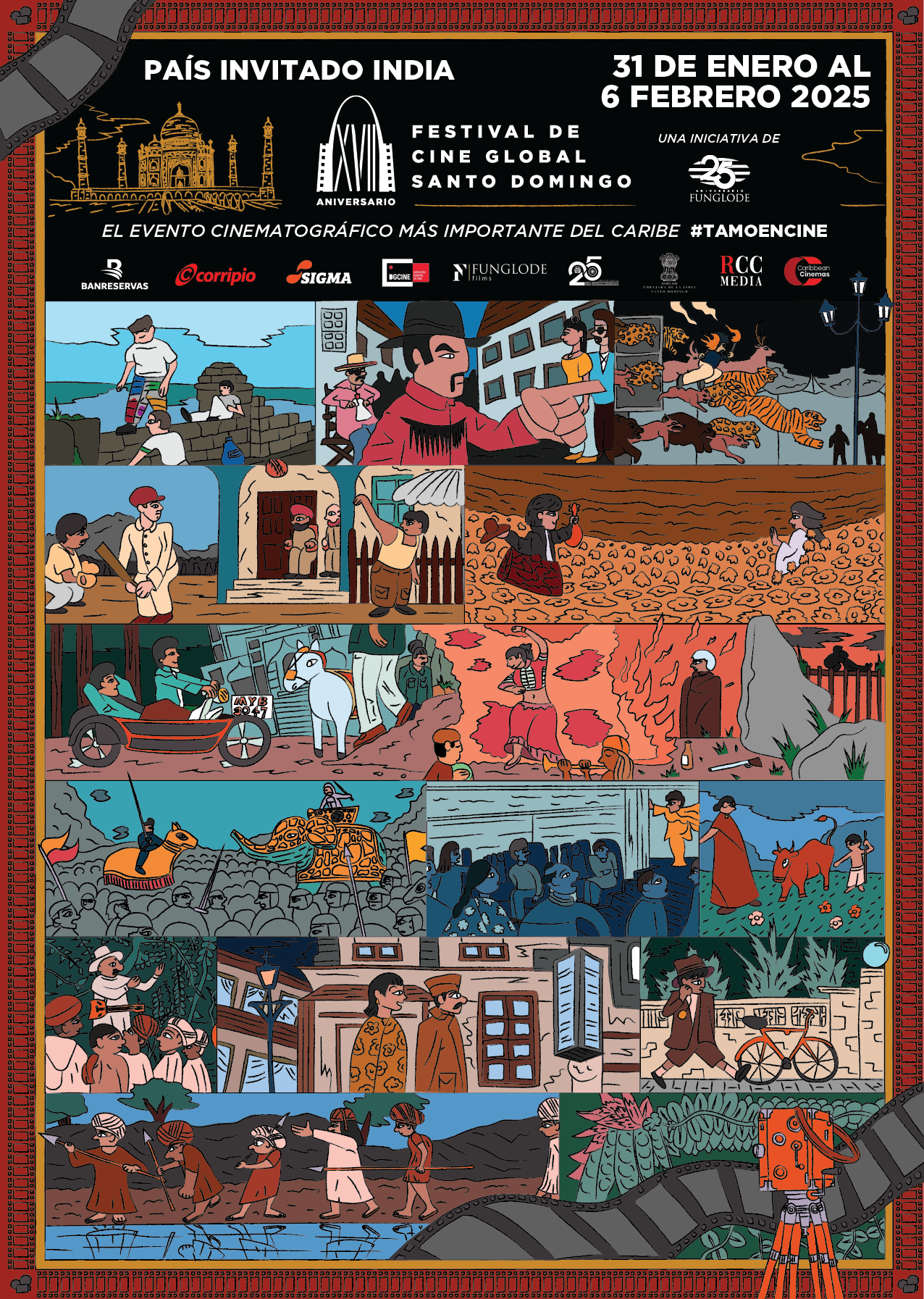Trilogy Presented at Arawak This Thursday
 | Trilogy Presented at Arawak This Thursday The Arawak Art Gallery will present Trilogy, an exhibition of paintings by renowned artist Antonio Guadalupe, one of our Dominican artists who, through figurative expressionism in his works, keeps native traditions alive, narrating part of our history from his humane perspective. The exhibition will take place on Thursday, April 16. Trilogy consists of twenty pieces produced at different times using mixed techniques on canvas and on paper on medium format, focusing on three themes: Innocent Body, in which, through a message of tenderness and hope, nudity is naturally addressed in gestural poses that transmit concern, joy, and innocence, in a reflective stance for the search for truth; Still Lives, through fruits, fish, and flowers show us a world set for global delight and communication with nature; and, Villa Altagracia, in which he recreates the mountains of this town, “where, in previous times, various shades of green could be contemplated, and today those mountains are populated by small houses that harmonize the environment with dazzling beauty changing the landscape, possibly for some purpose,” says the author. Brief Biography of the Author: Transcendental Exhibitions: Cristo, Versión para una realidad (Christ, Version for a reality) (1994) a large collection, unique in the country, of Christs portrayed in a variety of forms and surfaces: canvas, paper, wood and altarpieces, with a renewed vision representing Christ on Dominican soil: the Peasant Christ, the Cibao Christ, and the Bayaguana Christ, among others. One of the most iconic murals created by the author is the 12 meters wide “La Matanza de Palma Sola” (The Massacre of Palma Sola) made in 1988, in which the scenes dramatically describe the narrative of this historical event that encompassed social, political, and religious aspects in a region located in Matas de Farfán. Other murals: Ancestral II, Museum of the Dominican Man, La Alimentación (Food), FAO Offices, and the monumental mural Reflejo de Cristal-Los Elementos (Reflection of Glass-Elements) at the Caney Tower in Santo Domingo. His works are part of major national and international private collections and are also at public institutions, including: the City Hall Center of Miraflores, Lima, Peru; the Guayasamín Foundation, Quito, Ecuador; the Colonial City Library Board of Trustees, Museum of the Dominican Man and Banco Antillano, in Santo Domingo. The Director of the Arawak Art Gallery informs us that this exhibition is very important because it covers various periods and themes of the works by Antonio Guadalupe that have not been shown before. The public will be able to appreciate his skill in mastering the technique as well and the art of drawing. The gallery is located on Calle Polibio Díaz No. 11, second level, in the Evaristo Morales sector. Photos
|

Related News
-
(Versión en español) Minerd inicia Gala de Centro en todas las escuelas de la Modalidad en Arte del país
-
(Versión en español) Presentarán en Azua antología con cuentos de cinco reconocidos escritores
-
(Versión en español) Francia inaugura su programa “Francofonía 2025” con la exposición “La Traversée” de Edouard Duval-Carrié
-
(Versión en español) Roberto Ángel: Ruta de conciertos en parques y plazas iniciarán el 16 de marzo en Moca
-

Actividad #1
Dónde:: Complejo Acuático Del Centro Olímpico Juan Pablo Duarte.
Días: 28 y 29 de noviembre 2016.
Precios: RD$1,1000.00 VIP, RD$600.00 gradas.





